When it comes to creating an energy-efficient home, choosing the right insulation for your exterior walls is crucial.
Many homeowners face uncomfortable rooms and high heating and cooling costs because their existing walls lack proper insulation. Whether you’re remodeling or upgrading your home, the best solution is to explore options that suit your needs and budget.
We often faced similar issue in our client’s home; understanding the types of insulation and climate considerations helped us making an informed decision that significantly improved indoor comfort and energy efficiency.
Key benefits include:
- Energy Efficiency: Keeps your heating and cooling costs in check.
- Consistent Comfort: Maintains stable indoor temperatures.
- Noise Reduction: Minimizes outside noise for a peaceful home.
- Building Longevity: Protects walls from moisture, mold, and pests.
Let’s explore the top insulation materials for exterior walls and their unique advantages.
Best Insulation for Exterior Walls
Each insulation material comes with its own benefits and limitations. Below are the top options for both open and enclosed wall cavities.
1. Spray Foam Insulation

Spray foam insulation is one of the most versatile options available. It expands to fill gaps, cracks, and hard-to-reach spaces, creating an airtight seal.
- Types:
- Closed-Cell Spray Foam: High R-value (~R-6 to R-7 per inch), moisture-resistant, and acts as a vapor barrier.
- Open-Cell Spray Foam: Better soundproofing but slightly lower R-value (~R-3.6 per inch).
- Pros: Excellent air sealing, high thermal resistance, prevents moisture infiltration.
- Cons: Expensive and requires professional installation.
Personal Insight: I used closed-cell spray foam in my own project to seal drafty walls. While costly upfront, the comfort and energy savings were worth it.
2. Fiberglass Insulation

Fiberglass is one of the most popular insulation choices for residential buildings. It’s made of tiny glass fibers and comes in batts or rolls.
- R-Values: R-13 to R-15 for 2×4 walls; R-19 to R-21 for 2×6 walls.
- Pros: Affordable, widely available, and DIY-friendly.
- Cons: Allows air movement unless paired with proper air sealing and can irritate skin or lungs.
Quick Tip: Always wear protective gear when installing fiberglass batts yourself.
3. Rigid Foam Board Insulation
Rigid foam boards are durable panels made from polystyrene, polyisocyanurate, or polyurethane. These boards are ideal for continuous insulation on the outside of wall sheathing.
- R-Values: R-4 to R-6.5 per inch.
- Pros: High thermal resistance, moisture-resistant, and long-lasting.
- Cons: More expensive than fiberglass and requires precise installation to prevent air gaps.
4. Blown-In Cellulose Insulation
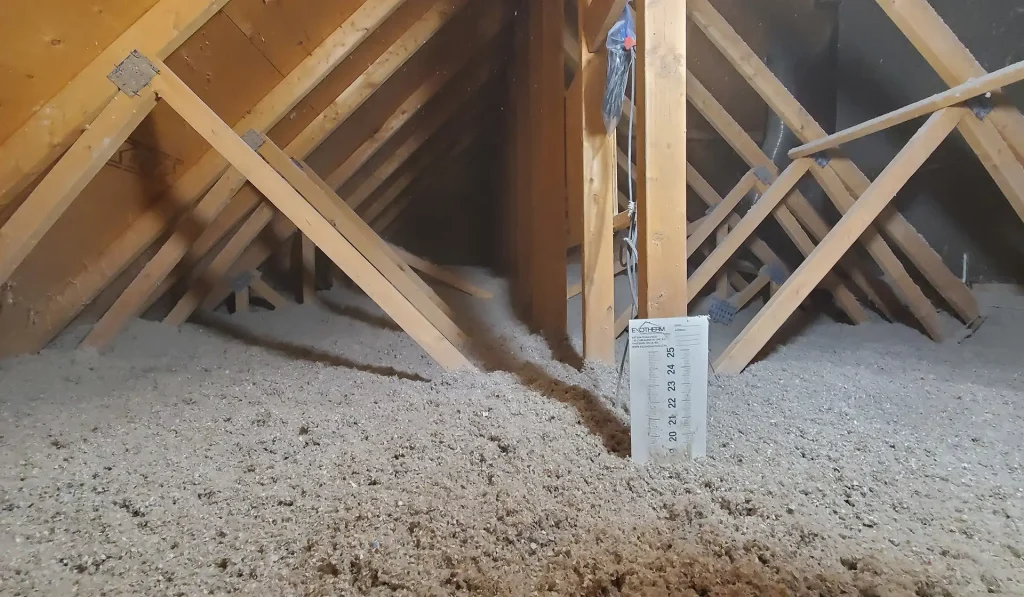
Cellulose insulation is made from recycled paper and treated for fire resistance. It is ideal for retrofitting existing walls without major renovations.
- R-Values: R-3.5 to R-4 per inch.
- Pros: Eco-friendly, affordable, and excellent for filling gaps.
- Cons: Can settle over time, reducing effectiveness, and creates dust during installation.
Case Study: A retrofit project I worked on used dense-packed cellulose to insulate an older home. The homeowners noticed a 20% reduction in energy bills within months.
5. Rock Wool (Mineral Wool) Insulation
Rock wool, also called mineral wool, is made from natural minerals or recycled slag. It offers exceptional fire resistance and soundproofing qualities.
- R-Values: ~R-4 per inch.
- Pros: Fire-resistant, moisture-resistant, and excellent sound insulation.
- Cons: Slightly more expensive and tricky to cut for snug installation.
Pro Tip: Rock wool is ideal for areas requiring superior fire resistance and noise control, like urban environments.
Insulation for Different Wall Types
Your wall structure determines the best insulation choice:
1. For 2×4 Walls
- R-13 or R-15 fiberglass batts or rock wool.
- Spray foam for air-tight sealing and higher efficiency.
2. For 2×6 Walls
- R-19 or R-21 fiberglass or mineral wool insulation.
- Closed-cell spray foam for maximum performance in colder climates.
Quick Tip: Avoid compressing insulation. Compression reduces its R-Value and thermal efficiency.
Installation Methods: DIY vs. Professional
Proper installation is critical to insulation performance.
- DIY Installation:
- Best for fiberglass batts or rigid foam boards.
- Requires precision to avoid gaps, compression, or air leaks.
- Professional Installation:
- Essential for spray foam and blown-in cellulose.
- Ensures proper air sealing and R-Value consistency.
When to Hire a Pro: Complex projects, air sealing needs, or when using advanced materials like spray foam.
Additional Tips to Maximize Insulation Performance
- Seal Air Leaks: Use caulk or expanding foam around windows, doors, and outlets.
- Add Vapor Barriers: Prevent moisture buildup in areas prone to condensation.
- Exterior Sheathing: Add foam boards under siding for extra R-value and protection.
- Consider Storm Windows: Improve insulation by reducing window heat loss.
- Upgrade Old Windows: Replacing outdated windows significantly enhances wall insulation.
Pro Insight: Air sealing combined with high-quality insulation can reduce energy bills by up to 20%, making your home feel more comfortable and efficient.
Understanding R-Values and Why They Matter
Before diving into insulation types, understanding R-Value is essential. The R-Value measures thermal resistance – the higher the value, the better the material’s ability to resist heat flow.
For exterior walls, R-Values typically range:
- R-13 to R-15: Ideal for 2×4 walls (approx. 3½ inches thick).
- R-19 to R-21: Perfect for 2×6 walls (approx. 5½ to 6¼ inches thick).
Higher R-Values are critical for colder climates, while milder regions can balance performance with cost. For example, homeowners in cold regions upgrading from R-13 to R-21 often notice a 15% drop in heating bills.
Pro Tip: Measure wall depth using a stud finder to determine the correct R-Value and insulation type.Why Exterior Wall Insulation Matters?
The benefits of insulating exterior walls go beyond just reducing costs.
It also helps protect your home from moisture, pests, and temperature fluctuations. While you may need to consider factors like R-value, wall cavity, and installation, the right choice can make all the difference.
When it comes to maintaining a home’s comfort, insulation is a game-changer. It slows down heat transfer, reduces energy consumption, and ensures a comfortable living environment year-round.
If you’ve ever faced drafts in winter or struggled to keep cool in the summer, chances are your insulation needs improvement.
Key Considerations for Choosing Insulation
When selecting insulation, several key factors can influence your choice:
- Climate: Cold regions require higher R-Values to combat extreme temperatures, while warmer climates can opt for cost-effective solutions.
- Wall Construction: 2×4 walls require thinner insulation like R-13 fiberglass, whereas 2×6 walls allow for denser options like R-21 spray foam.
- Moisture Resistance: Insulation with moisture barriers prevents mold and condensation issues.
- Cost vs. Performance: While spray foam delivers excellent thermal resistance, fiberglass and cellulose provide budget-friendly alternatives.
- Environmental Impact: Eco-friendly options like cellulose and mineral wool are ideal for reducing your carbon footprint.
- Ease of Installation: Some materials, like fiberglass and rigid foam boards, are easier for DIY projects, whereas spray foam and blown-in cellulose often require professional installation.
Conclusion:
The best insulation for exterior walls depends on your climate, budget, and specific needs.
Spray foam and rigid foam boards deliver high R-values and superior air sealing, while fiberglass and cellulose offer cost-effective options.
With proper installation and additional air sealing, you can achieve an energy-efficient, comfortable home that stands the test of time.



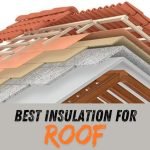
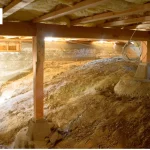





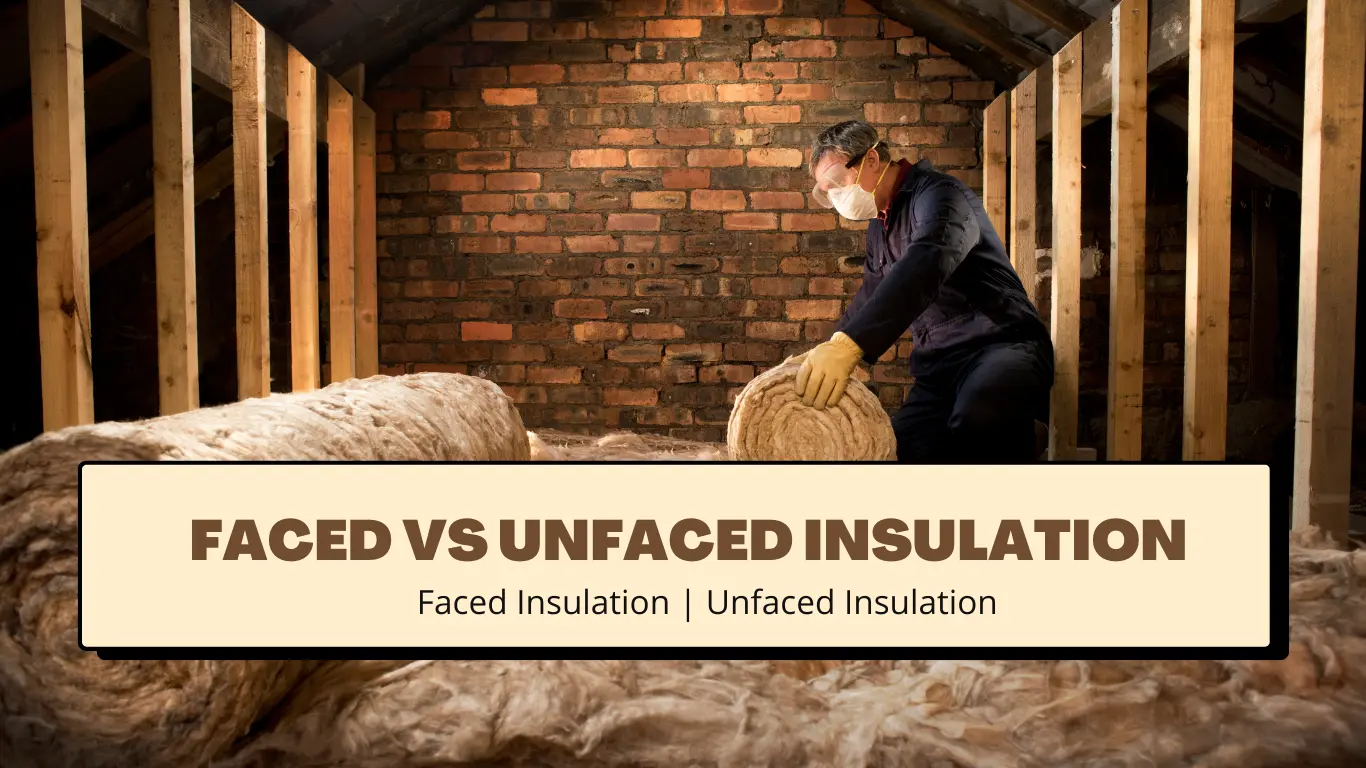
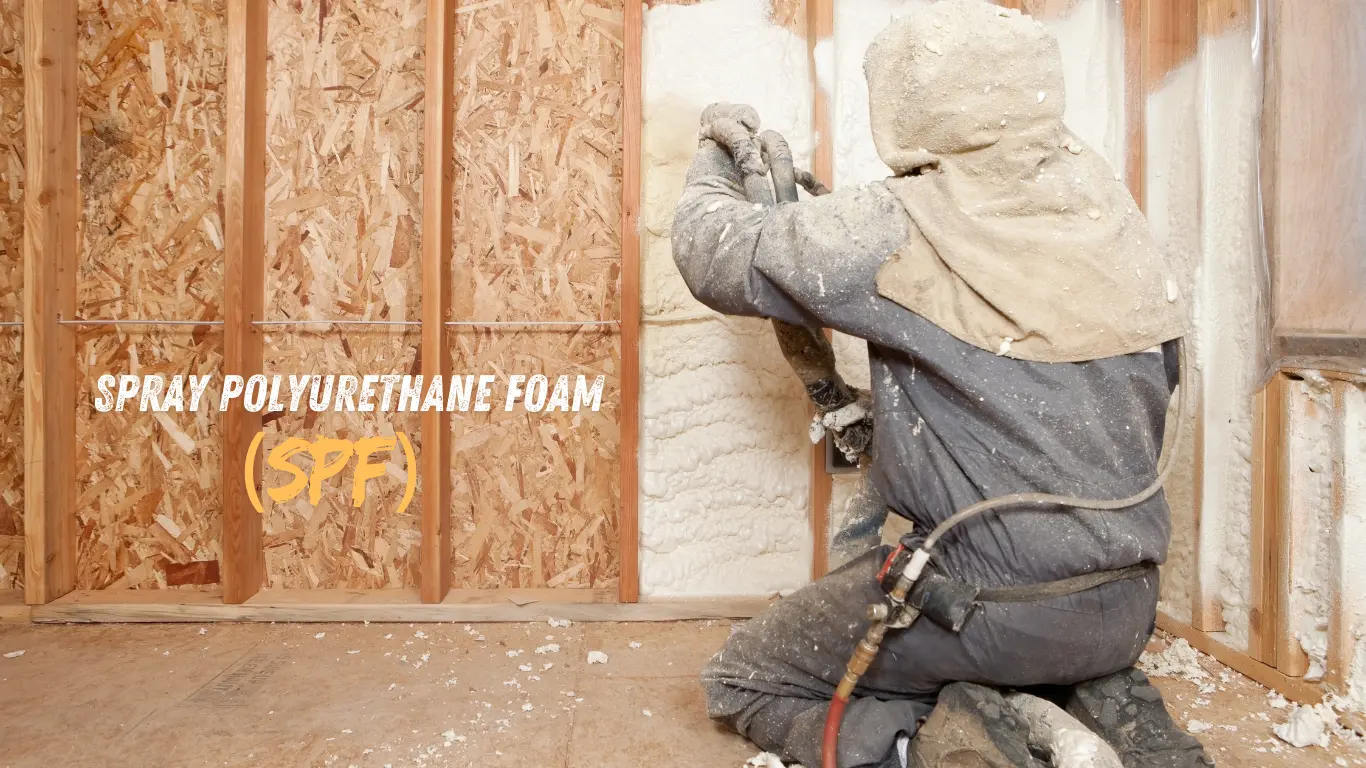
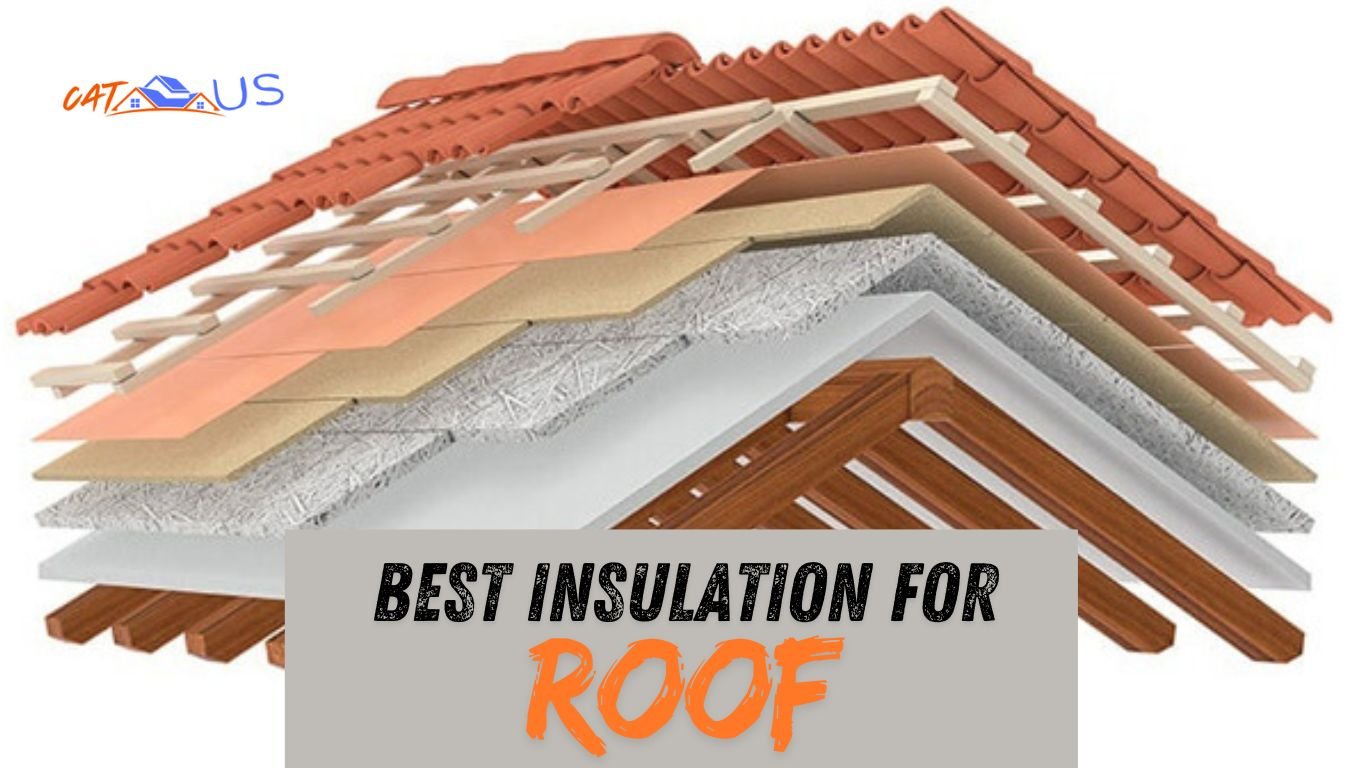
1 thought on “Best Insulation For Exterior Walls”
Услуги по аренде техники сегодня является практичным способом для строительных компаний.
Она позволяет выполнять работы без обязательства приобретения оборудования.
Поставщики, предлагающие такую услугу, обеспечивают широкий выбор спецоборудования для разных направлений.
В парке можно найти автокраны, бульдозеры и другое оборудование.
Главный плюс аренды — это отсутствие затрат на обслуживание.
Кроме того, арендатор получает исправную технику, готовую к работе.
Надёжные компании оформляют прозрачные условия сотрудничества.
Таким образом, аренда спецтехники — это разумный выбор для тех, кто ценит экономию в работе.